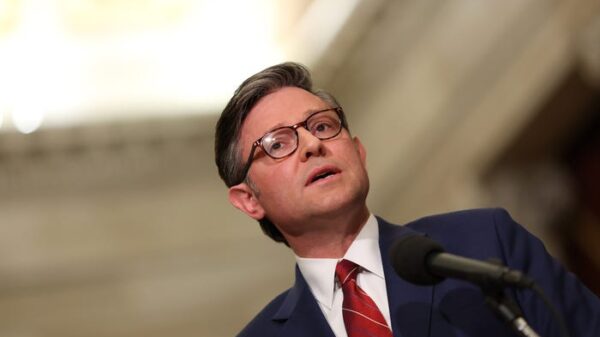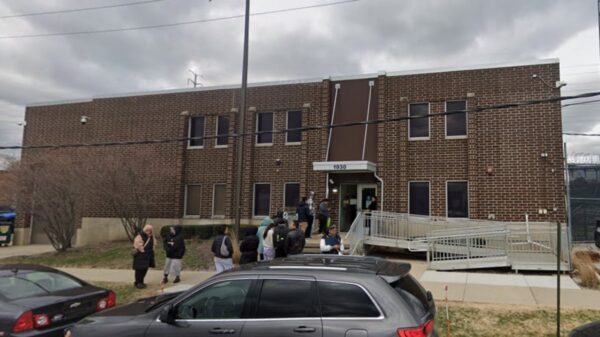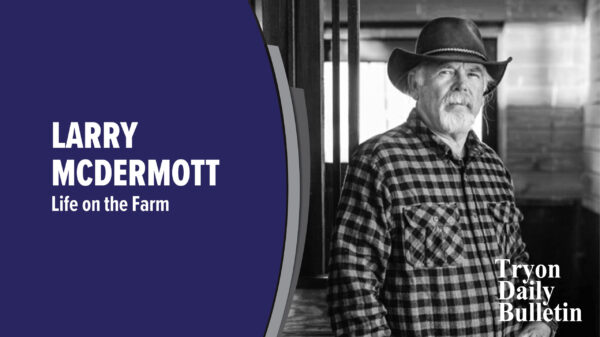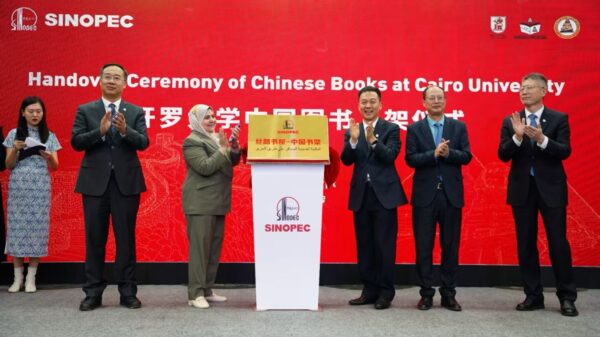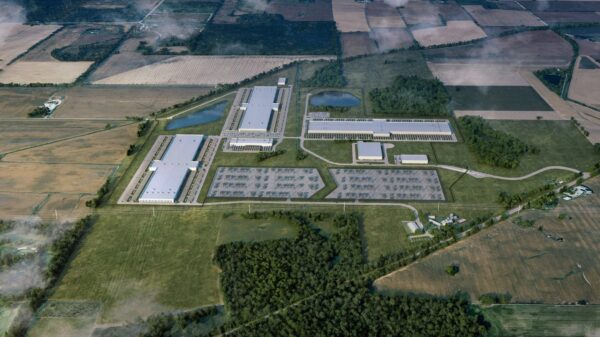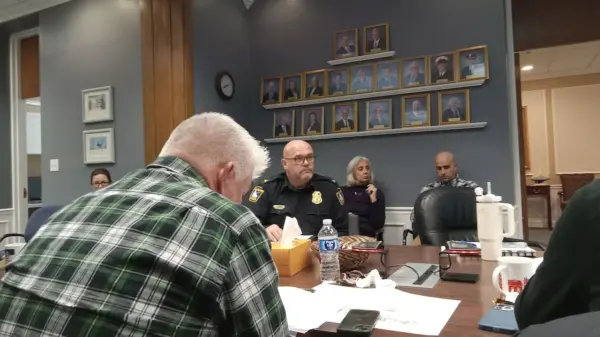In her 1916 book, “By Motor to the Golden Gate,” Emily Post provides a vivid account of her road journey across America. This exploration highlights a pressing issue today: the state of America’s infrastructure and the challenges of modern construction. Post, known for her contributions to etiquette, captures a time when the United States was on the brink of transformation, moving from rural life to urban development, and grappling with the demands of a growing population.
During the early years of the 20th century, much of America’s infrastructure was still in its infancy. While the rail network was largely established and cities made significant progress in water treatment and electrification, rural areas lagged behind. In fact, by 1920, America would officially surpass a 50% urbanization rate, but in 1916, many travelers faced dirt roads that became impassable when wet. Post recounts her struggles navigating these paths, sometimes resorting to makeshift repairs using barrel staves to traverse ruts that exceeded her car’s clearance.
This narrative not only sheds light on the difficulties of early motoring but also reflects a broader sense of optimism and ambition characterizing that era. The Midwest, in particular, was vibrant with growth, as cities emerged from the plains, fueled by a sense of hope and progress. This feeling of potential is echoed in contemporary political discourse, where both the Republican Party and the Democratic Party express longing for a return to an era of substantial achievements.
Republicans often evoke nostalgia for the days of tariffs and factory jobs, while Democrats highlight the expansive welfare state and major infrastructure projects of the 20th century, branding their initiatives as a “Green New Deal.” Both sides grapple with a fundamental question: why can’t America recreate the spirit of that time, marked by a youthful sense of capability and extraordinary accomplishments?
According to Post’s experiences, the answer may lie in the fact that many of the transformative changes have already occurred. The thrill of significant infrastructure improvements, such as the shift from kerosene lamps to electric lights or from bumpy roads to smooth highways, is a one-time experience. Once these milestones are achieved, the excitement diminishes.
Infrastructure construction today often focuses on incremental improvements rather than groundbreaking changes. This reality presents political challenges, as the trade-offs required for new projects become increasingly complex. The more infrastructure is built, the less immediate satisfaction it provides, leading to a general sense of frustration over the inability to replicate past achievements.
Despite these challenges, it remains crucial to continue investing in infrastructure. The need for updated facilities and systems is clear. Yet, recognizing the historical context of America’s infrastructure development can offer insights into the political landscape and the obstacles that lie ahead.
As the nation confronts the limitations of its current infrastructure, the lessons from Emily Post’s journey remind us of the importance of ambition and optimism in overcoming these hurdles. While the path forward may be complicated, the spirit of innovation and determination can still guide America toward a more robust and resilient infrastructure.




